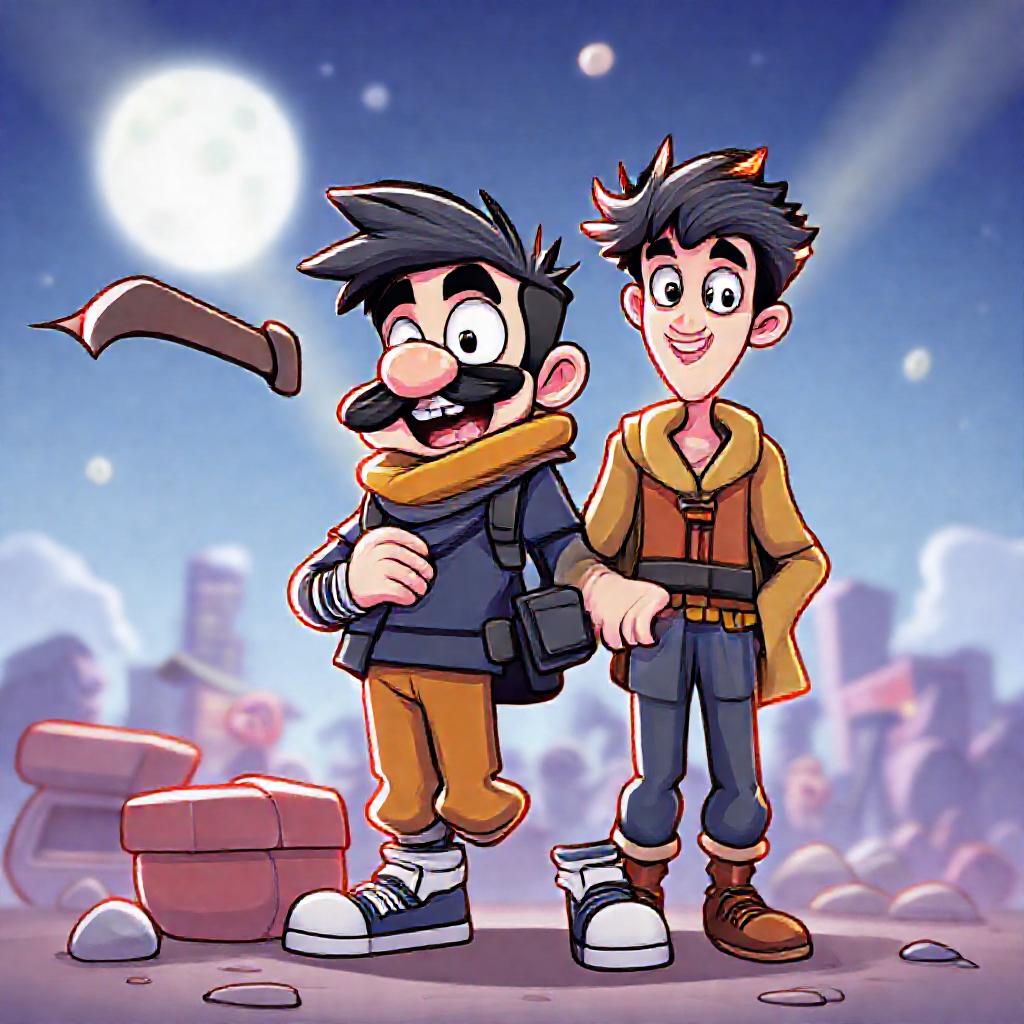Often dismissed as mere children’s entertainment, cartoons are, in fact, a powerful and pervasive art form with a rich history and a profound impact on culture, education, and human psychology. From the earliest cave drawings to today’s sophisticated digital productions, animated narratives have consistently captivated audiences, transcending age, language, and geographical barriers. This post delves into the multifaceted world of cartoons, exploring their evolution, enduring influence, and their critical role in reflecting and shaping our world.
The Evolution of Animated Storytelling
The journey of cartoons is a testament to human ingenuity and our innate desire to tell stories visually. What began as simple, sequential images designed to create the illusion of movement has blossomed into a global industry.
From Doodles to Digital Dominance
The roots of animation can be traced back to ancient times, with rudimentary forms of sequential art found in Egyptian murals and Greek pottery. The modern era of animation truly began with flipbooks and early cinematic experiments in the late 19th and early 20th centuries. Pioneers like Émile Cohl and Winsor McCay laid the groundwork for what would become a complex art. Today, animation encompasses a vast array of techniques:
- Traditional 2D Animation: Hand-drawn frames, famously used by Disney and Warner Bros.
- Stop-Motion: Manipulating physical objects frame by frame (e.g., Wallace & Gromit).
- Computer-Generated Imagery (CGI): The dominant form in modern film and television, offering unparalleled flexibility and realism (e.g., Pixar, DreamWorks).
- Rotoscoping: Tracing over live-action footage to create animated sequences.
Pioneers and Milestones
Throughout the 20th century, animation flourished, driven by creative visionaries. Walt Disney’s studio revolutionized the industry with synchronized sound in Steamboat Willie (1928) and feature-length animations like Snow White and the Seven Dwarfs (1937). Warner Bros. brought us iconic characters like Bugs Bunny and Daffy Duck, known for their sharp wit and anarchic humor. Hanna-Barbera introduced Saturday morning cartoons, while studios like Studio Ghibli (Japan) elevated animation to a high art form with breathtaking visual storytelling and deeply emotional narratives. These milestones not only entertained but also pushed technological boundaries, influencing live-action filmmaking and digital effects.
More Than Just Fun: The Profound Impact of Cartoons
Beyond their entertainment value, cartoons serve crucial roles in education, social commentary, and artistic innovation.
Educating and Engaging Young Minds
Cartoons are a powerful educational tool. Programs like Sesame Street, Dora the Explorer, and Bluey teach children valuable lessons in literacy, numeracy, problem-solving, empathy, and social skills in an accessible and engaging format. The visual nature of animation allows for the simplification of complex ideas, making learning enjoyable and memorable for developing minds.
Reflecting and Shaping Cultural Narratives
Animation often acts as a mirror to society, reflecting prevailing attitudes, anxieties, and aspirations. Satirical cartoons like The Simpsons, South Park, and Family Guy expertly use humor and exaggeration to comment on politics, social issues, and everyday life, often sparking public discourse. Conversely, cartoons also shape cultural narratives, influencing fashion, slang, and even social norms. The global appeal of Japanese anime, for instance, has significantly impacted Western culture, introducing new aesthetics and storytelling conventions.
Driving Innovation in Art and Technology
The pursuit of more compelling animation has consistently pushed the boundaries of technology and art. From the multiplane camera invented by Disney to the cutting-edge render farms used by Pixar, animation studios have always been at the forefront of technological advancement. This innovation extends to sound design, voice acting, and character design, creating a symbiotic relationship where artistic vision drives technological development, and new technology opens up fresh creative possibilities.
The Enduring Appeal: Why Cartoons Resonate
What makes cartoons so universally beloved and enduringly relevant?
- Universal Themes and Emotional Resonance: Cartoons often tackle fundamental human experiences—love, loss, courage, friendship—in ways that resonate with audiences of all ages. Their ability to distill complex emotions into relatable visual narratives is a key to their success.
- Unleashing Creativity and Imagination: Free from the constraints of live-action, animation can depict the fantastical, the impossible, and the purely imaginative. This boundless creativity transports viewers to new worlds, inspires wonder, and encourages out-of-the-box thinking.
- A Bridge Across Generations: Classic cartoons often serve as a nostalgic link, connecting parents with their children through shared viewing experiences. New animations continue to build these bridges, creating shared cultural touchstones for families and friends.
The Future of Animation: What’s Next?
The world of animation is constantly evolving, promising even more innovative and immersive experiences.
- Technological Advancements: Expect greater integration of Artificial Intelligence in character creation and animation pipelines, more sophisticated Virtual Reality (VR) and Augmented Reality (AR) experiences, and increasingly photorealistic CGI that blurs the line between animation and live-action.
- Global Diversity and Representation: The industry is witnessing a surge in diverse voices and stories from around the globe. This trend will lead to richer narratives, more authentic character portrayals, and a greater cultural exchange through animated media.
- Interactive Storytelling: Future cartoons may offer more interactive elements, allowing viewers to influence plotlines or explore animated worlds in new, personalized ways.
Conclusion
Cartoons are far from trivial. They are a sophisticated art form, a powerful educational medium, a sharp social commentator, and a relentless driver of innovation. From their humble beginnings to their current global dominance, cartoons have consistently proven their capacity to entertain, educate, and inspire. As technology advances and creative boundaries expand, the role of animation in shaping minds and mirroring society will only grow, ensuring its vibrant and vital presence for generations to come. So next time you watch a cartoon, remember the depth, artistry, and impact hidden behind the laughter.


